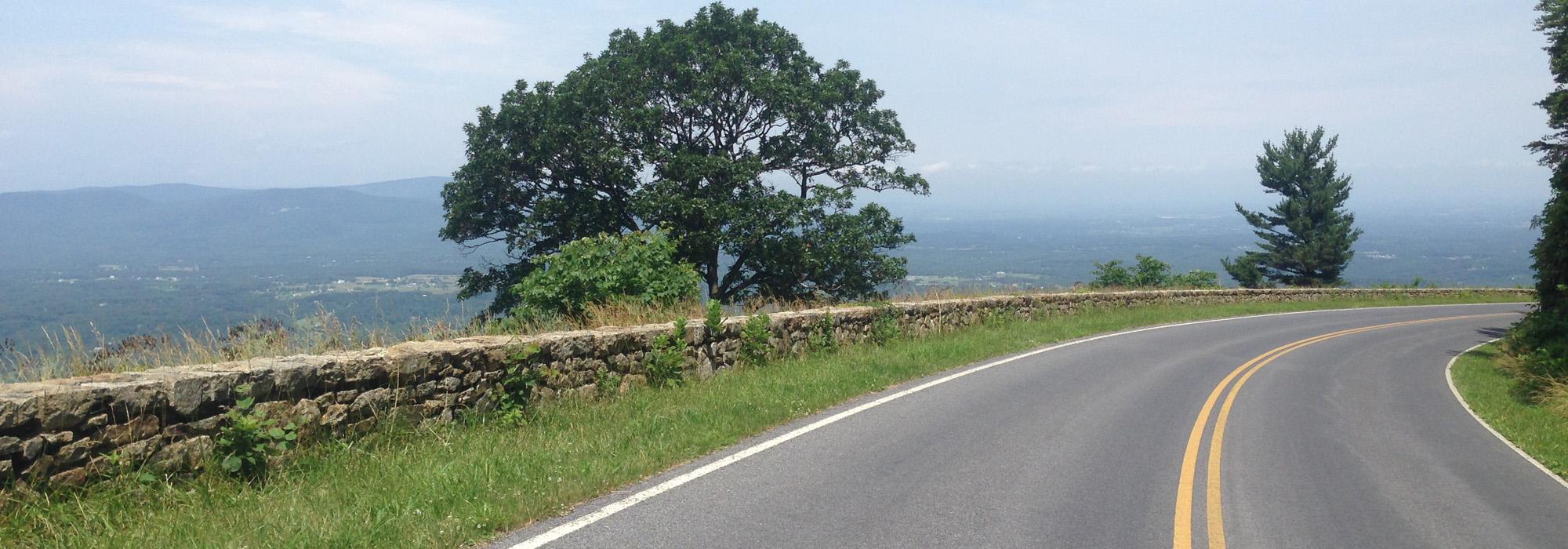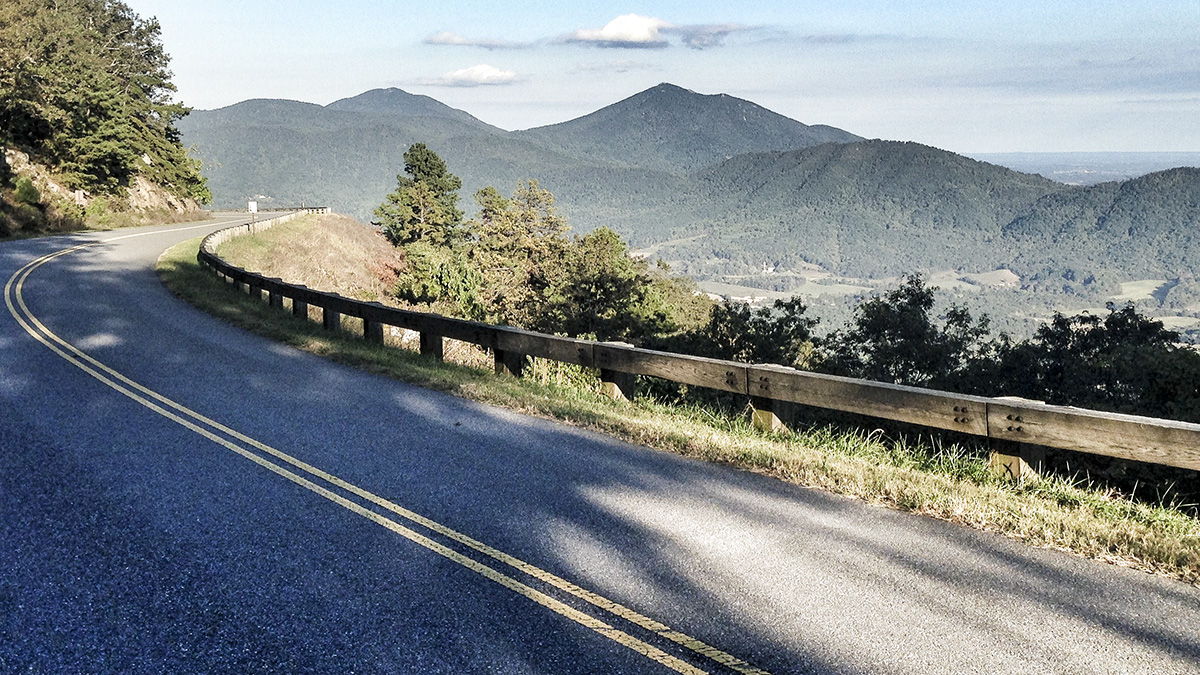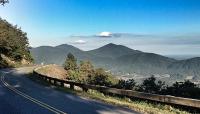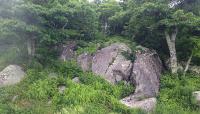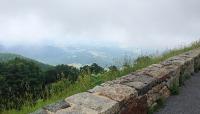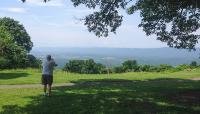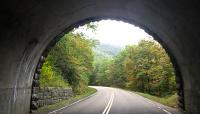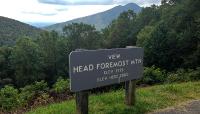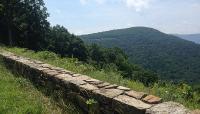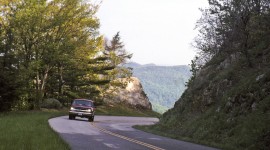Landscape Information
Inscribed along the crest of the Blue Ridge Mountains, this 105-mile-long parkway provides expansive, dramatic views of Virginia’s Piedmont to the east and Shenandoah Valley to the west. With only four points of entry, the entirety of the scenic drive lies within the Shenandoah National Park. Commencing in 1931, construction occurred in stages with all major work being completed by 1939; the southernmost section was built as an extension of the Blue Ridge Parkway and deeded to the Shenandoah National Park in 1961. The Civilian Conservation Corps constructed numerous overlooks, picnic areas, and campgrounds as well as dry-laid stone walls, graded slopes, planted trees and grass, and cleared acres of chestnut trees that had suffered from blight in the 1920s.
Utilizing techniques and guidelines established by the National Park Service , numerous landscape architects worked under the direction of Charles Peterson and Harvey Benson. Native plants and local stone were used to create a cohesive experience along the route; clearings were developed to capitalize on a continuous sequence of panoramic vistas of the rugged mountains contrasted with the picturesque agricultural settings of the surrounding valleys; and flattened hilltops and double-spiral curves provided a safe and pleasurable driving experience. Preservation and enhancement of the natural landscape was accented with the use of rustic style architecture for entrance and comfort stations, numerous connections to the Appalachian Trail, and the development of some 65 scenic overlooks. Skyline Drive was listed in the National Register of Historic Places in 1997 and designated a National Historic Landmark District in 2008.



